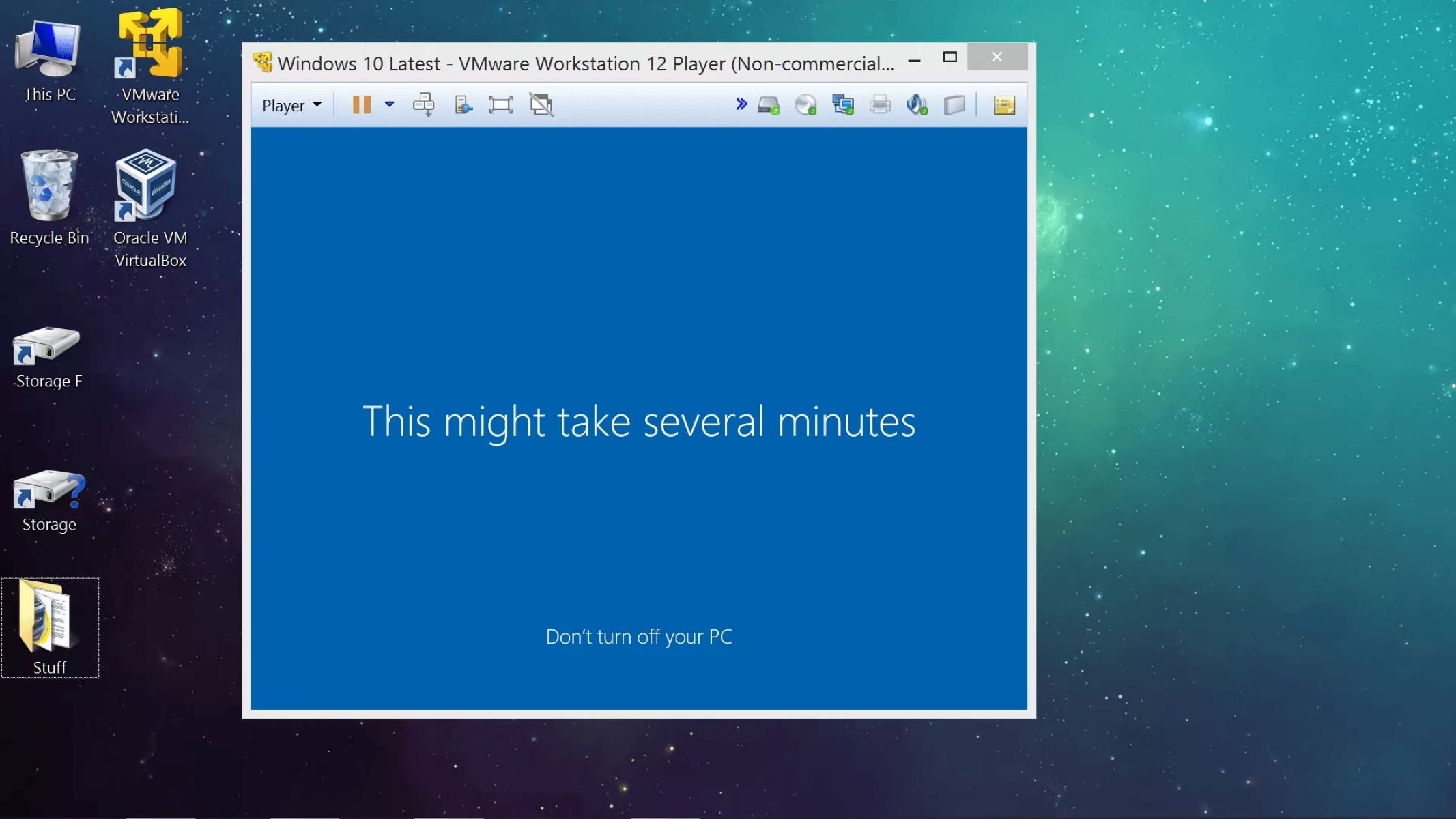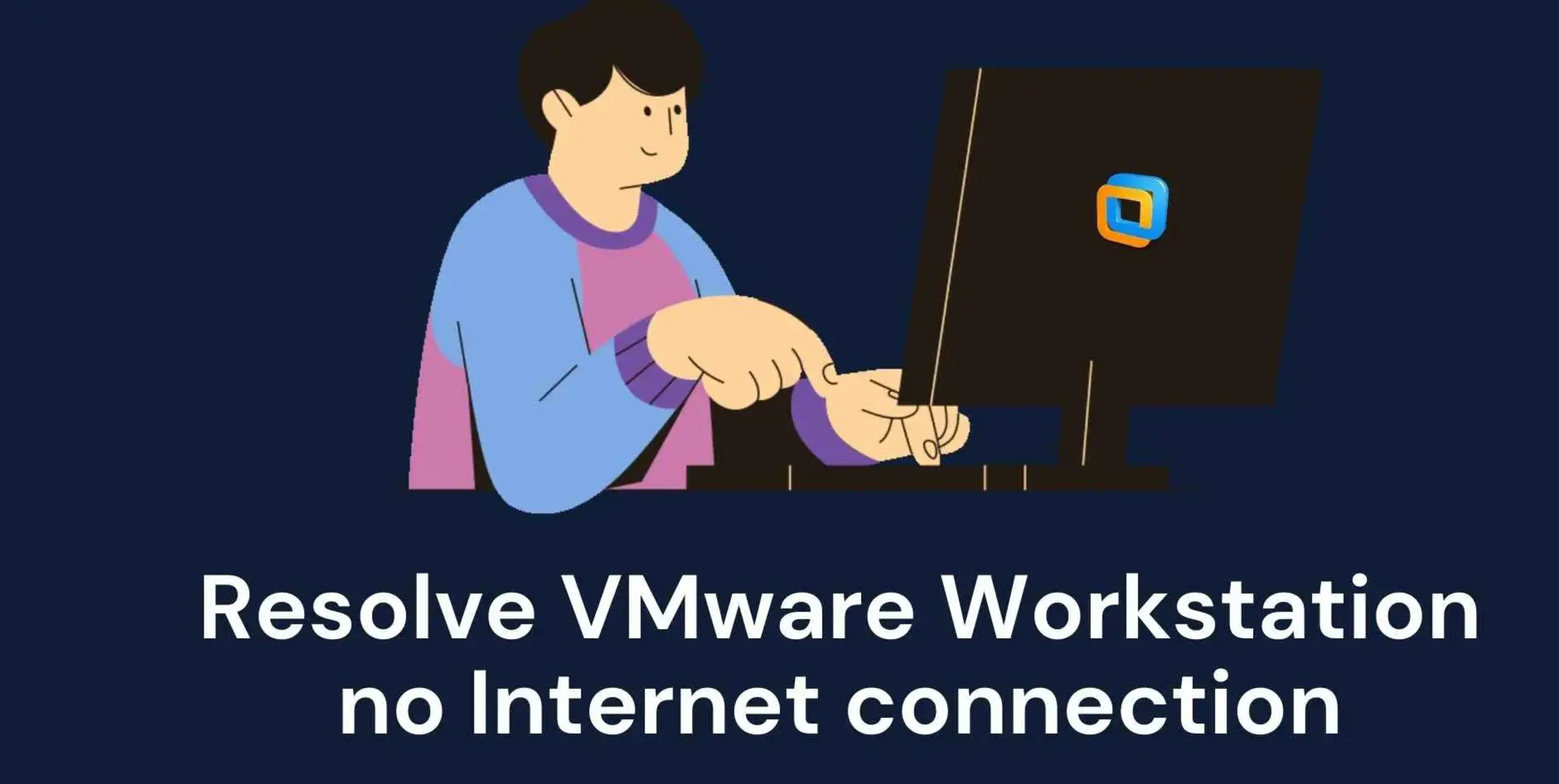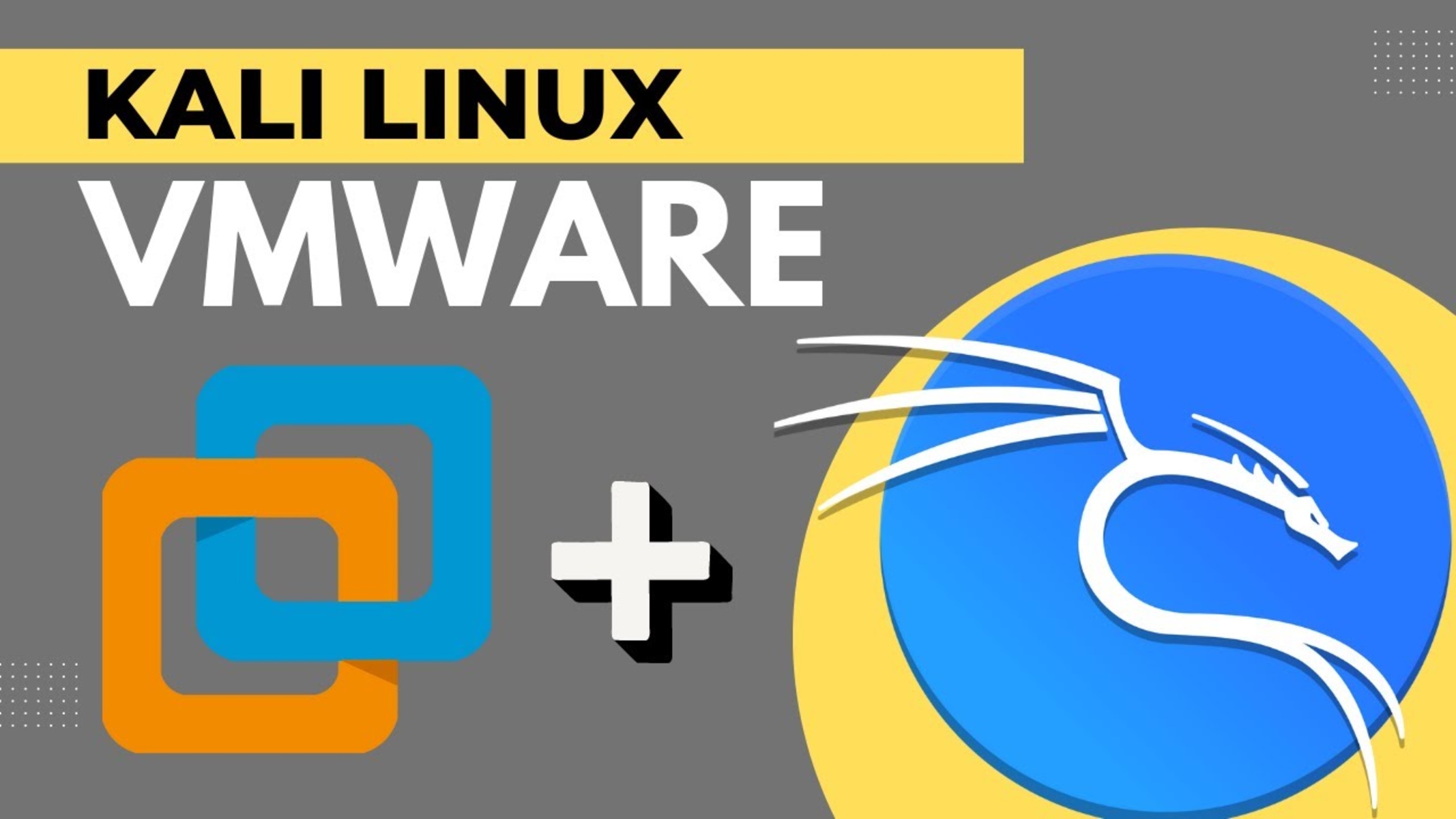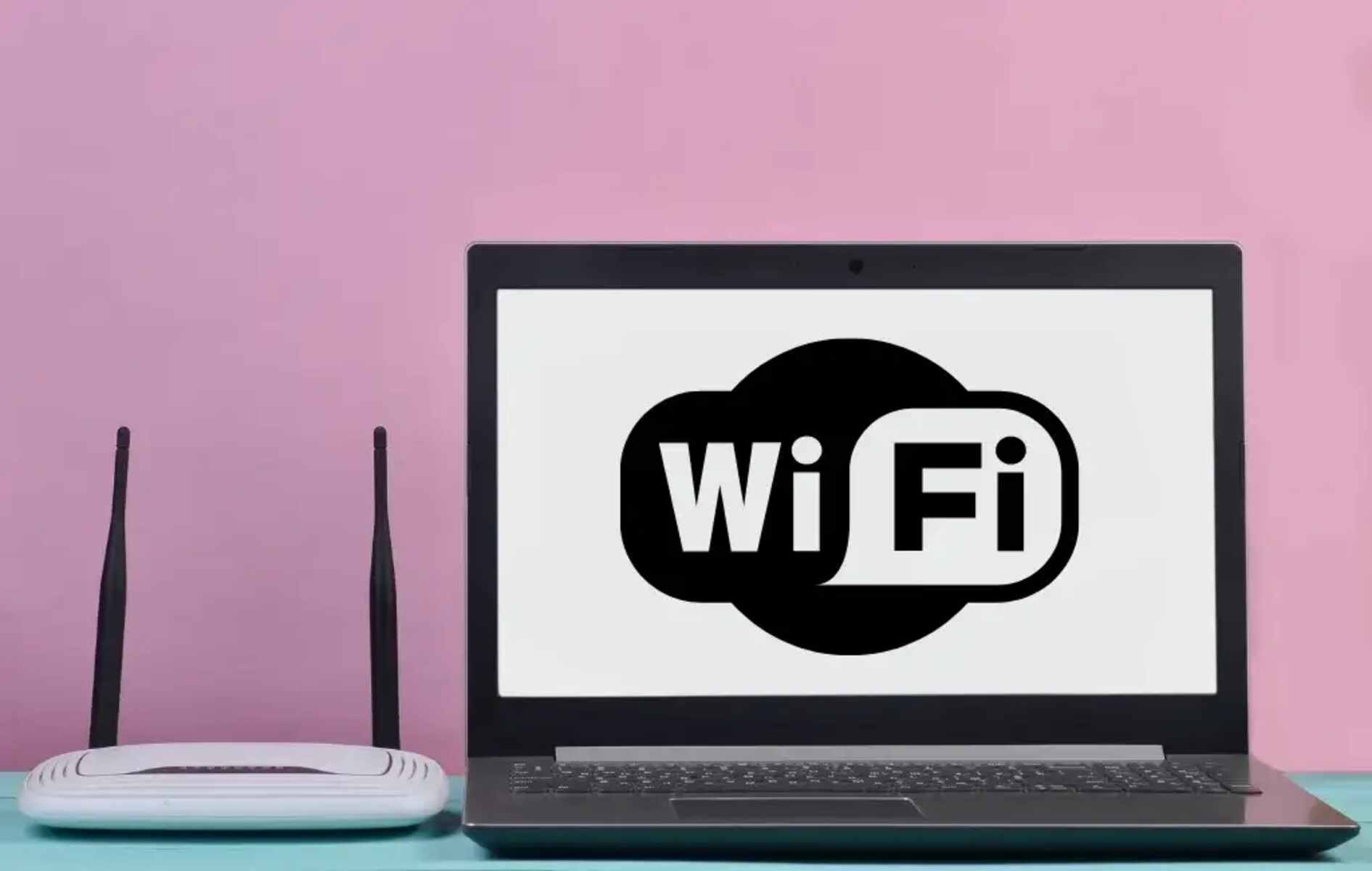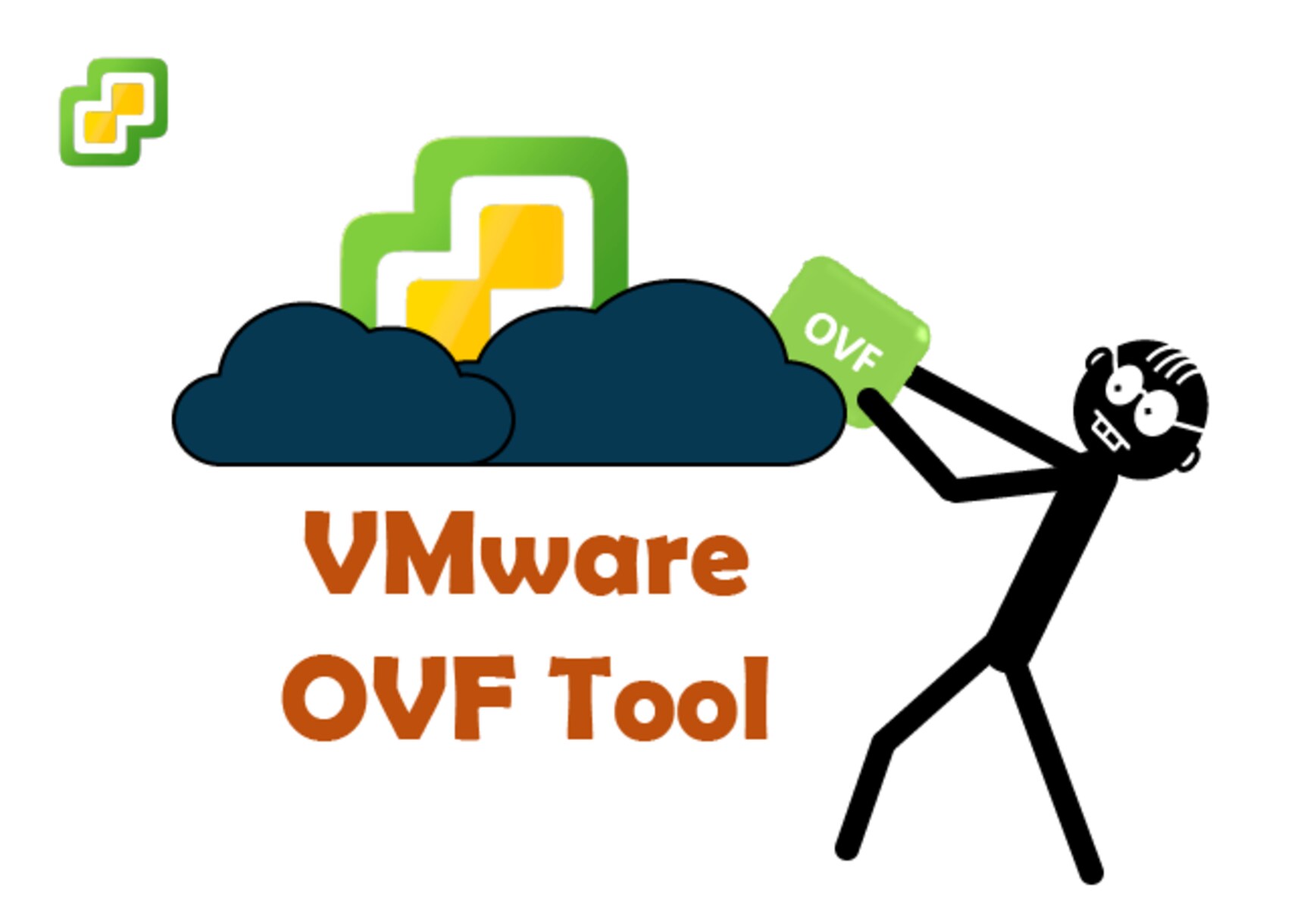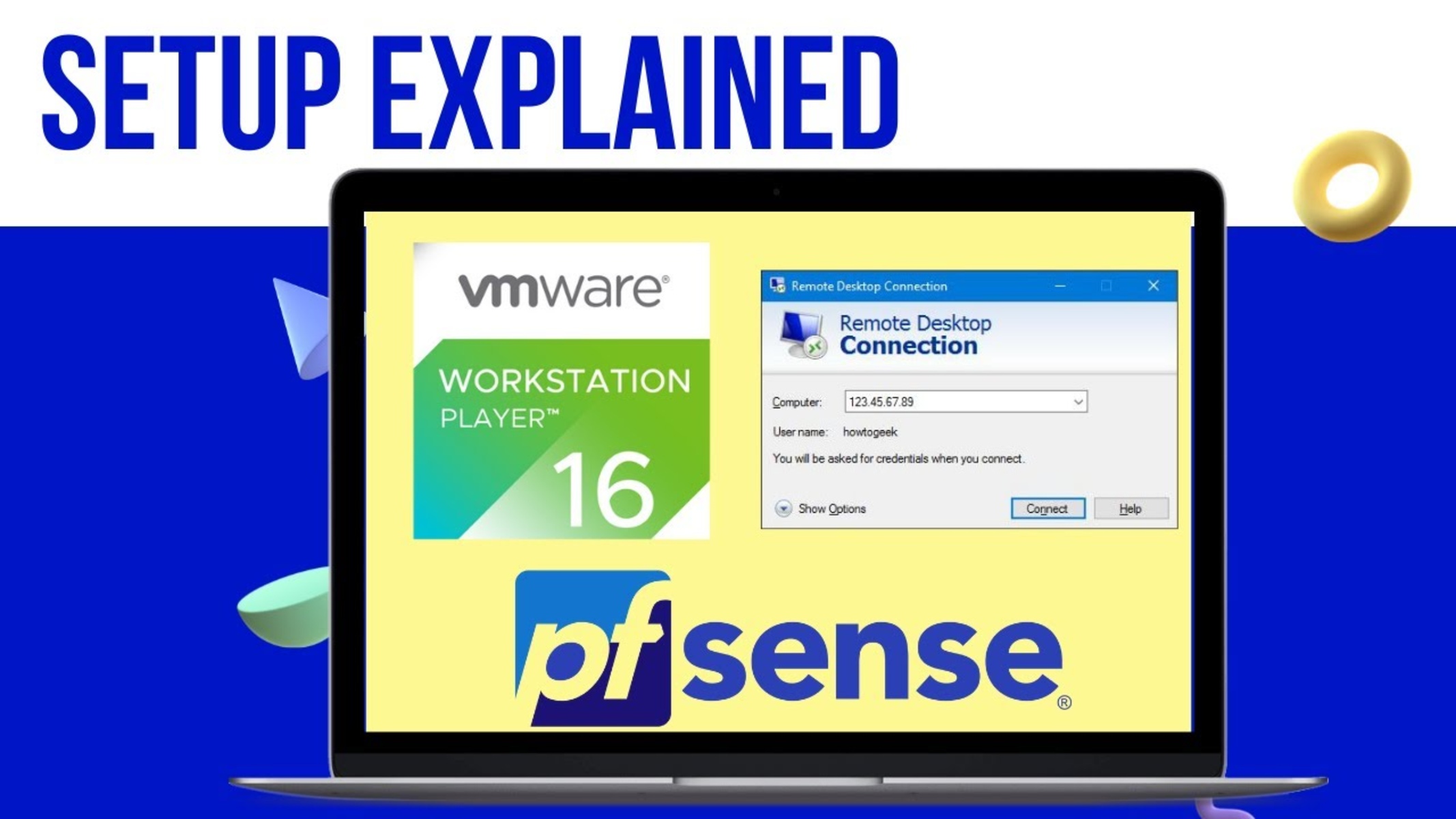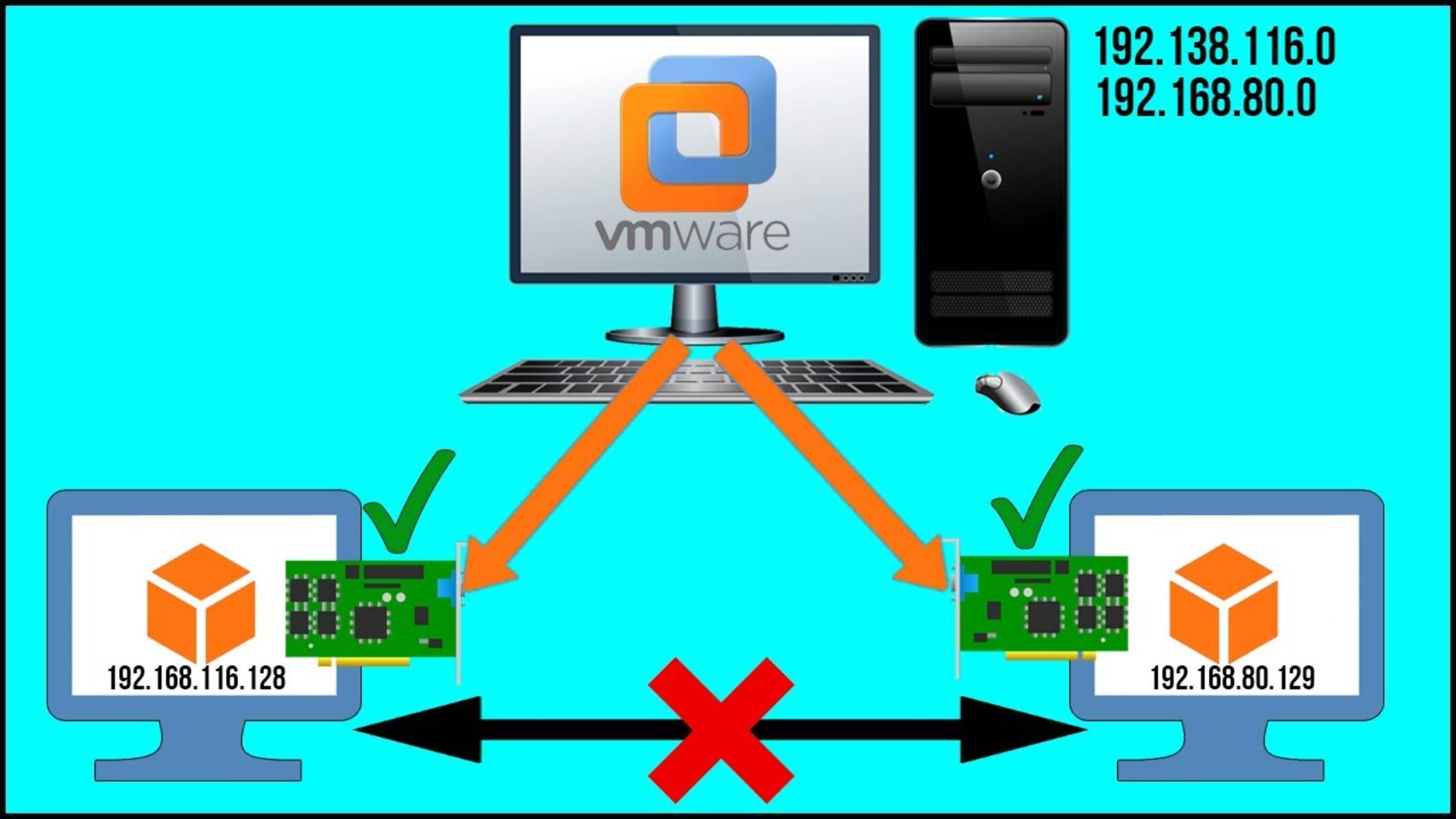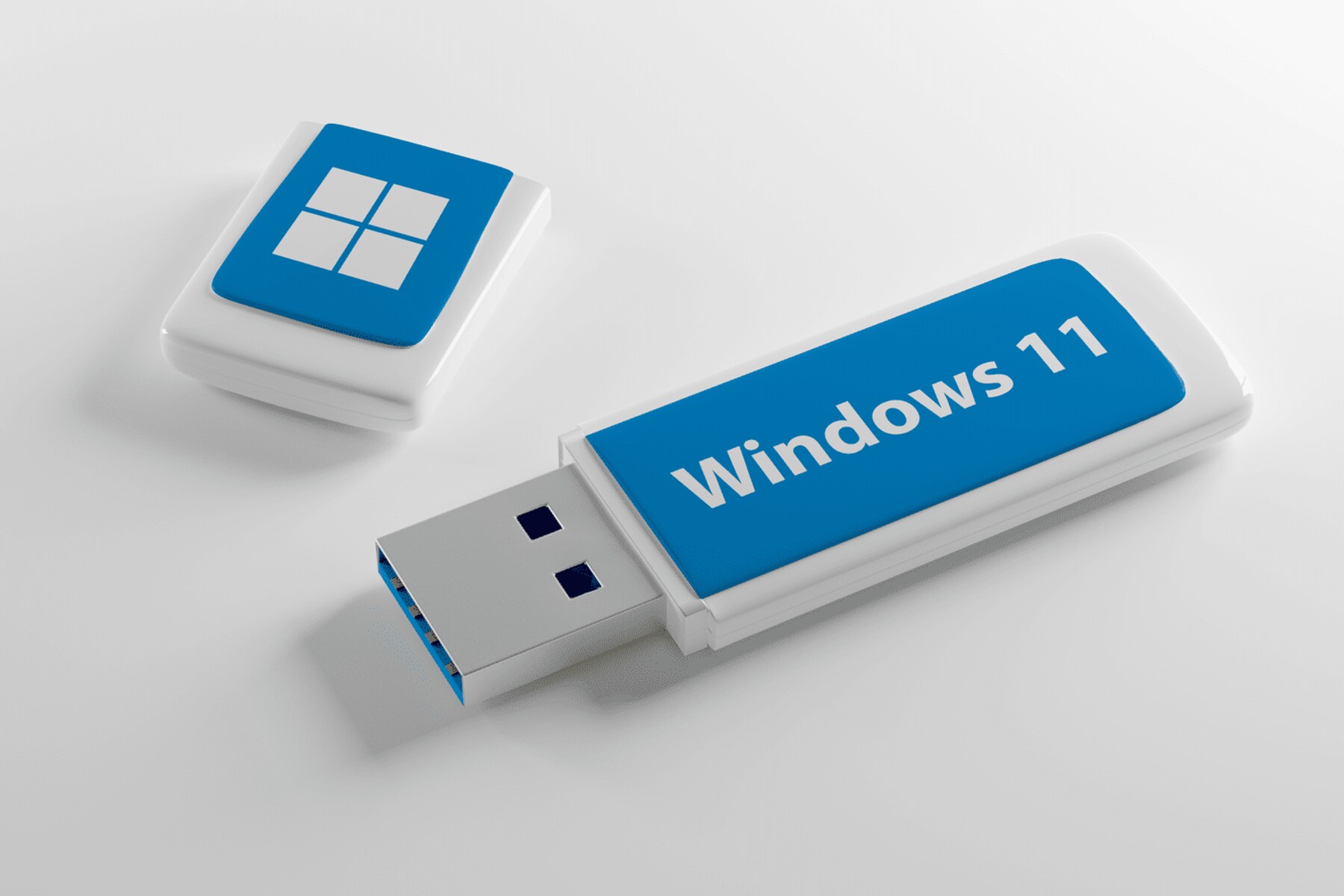Introduction
Welcome to the world of virtual machines! Virtual machines have revolutionized the way we work and play by providing an isolated and secure environment to run various operating systems on a single physical machine. However, one challenge that virtual machine users often encounter is how to connect their virtual machines to the internet.
The ability to access the internet from within a virtual machine is crucial, as it allows users to download software, access online resources, and perform tasks that require an internet connection. In this article, we will guide you through the process of connecting your virtual machine to the internet using VMware, a popular virtualization software.
Whether you’re a software developer, IT professional, or simply an enthusiast exploring the possibilities of virtualization, understanding how to connect your virtual machine to the internet is an essential skill. By following the steps outlined in this guide, you’ll be able to establish a seamless internet connection on your virtual machine in no time.
Before we dive into the technical details, it’s essential to highlight the requirements for this process. To successfully connect your virtual machine to the internet, you’ll need:
- A host machine with VMware installed
- A virtual machine running on the VMware software
- A reliable internet connection
Now that we’ve covered the basics let’s move on to the step-by-step process of configuring your virtual machine to connect to the internet.
Requirements
Before diving into the process of connecting your virtual machine to the internet, it is important to ensure that you have the necessary requirements in place. To successfully establish an internet connection on your virtual machine, you will need the following:
- A host machine with VMware installed: The host machine serves as the physical hardware on which virtualization software, such as VMware, is installed. Ensure that you have a compatible host machine with VMware installed and running smoothly.
- A virtual machine running on VMware: You’ll need a virtual machine created and configured using VMware software. This virtual machine will act as a self-contained operating system within your host machine.
- A reliable internet connection: To connect your virtual machine to the internet, you must have a stable and reliable internet connection on your host machine. This can be achieved through a wired or wireless connection, depending on your setup.
Now that you have the necessary hardware, software, and internet connection in place, let’s proceed to the step-by-step process of configuring your virtual machine to connect to the internet using VMware.
Step 1: Configure Network Adapter in VMware
The first step in connecting your virtual machine to the internet is to configure the network adapter settings in VMware. Follow these steps to ensure the network adapter is properly set up:
- Open VMware and select the virtual machine you want to connect to the internet.
- Go to the “Edit” menu and click on “Virtual Machine Settings.” Alternatively, you can also right-click on the virtual machine and choose “Settings.”
- In the Virtual Machine Settings window, click on the “Hardware” tab and select “Network Adapter.”
- Under the “Network Connection” section, select the desired network setting. The options may include Bridged, NAT, Host-Only, or Custom.
- If you select the Bridged option, the virtual machine will share the network connection with the host machine, allowing it to directly connect to the internet.
- If you choose the NAT option, the virtual machine will share the host machine’s IP address and will be able to access the internet through the host’s network connection.
- The Host-Only option creates a private network between the host and the virtual machine, allowing them to communicate with each other without internet access.
- The Custom option gives you more flexibility in configuring network settings according to your specific requirements.
- After selecting the appropriate network setting, click “OK” to save the changes and exit the settings menu.
Once you have configured the network adapter in VMware, you are ready to move on to the next step, which involves enabling the network connection on your host machine. This will ensure that your virtual machine can establish a connection to the internet.
Step 2: Enable Network Connection on Host Machine
After configuring the network adapter settings in VMware, the next step is to enable the network connection on your host machine. This ensures that your virtual machine can establish a connection to the internet. Here are the steps to enable the network connection:
- On your host machine, navigate to the network settings. The process may vary depending on your operating system, but generally, you can find these settings in the Control Panel or System Preferences.
- Locate the network adapter that corresponds to the network setting you selected in VMware.
- Ensure that the network adapter is enabled. If it is disabled, right-click on it and select “Enable,” or use the toggle switch to turn it on.
- If you are using a wireless connection, make sure that your wireless adapter is connected to the appropriate network.
- Verify that your host machine has an active internet connection. You can do this by opening a web browser and accessing a website.
- If you can successfully browse the internet on your host machine, the network connection is enabled and functioning properly.
Enabling the network connection on your host machine allows your virtual machine to access the internet through the established network connection. Once you have completed this step, you can proceed to the configuration of network settings on your guest virtual machine.
Step 3: Configure Network Settings on Guest Virtual Machine
Once you have configured the network settings in VMware and enabled the network connection on your host machine, it’s time to configure the network settings on your guest virtual machine. Follow these steps to ensure the network settings are properly configured:
- Start your virtual machine and log in using the appropriate credentials.
- Once you have logged in, open the network settings of the guest virtual machine. This can typically be found in the Control Panel or Network and Sharing Center, depending on the operating system running on your virtual machine.
- Locate the network adapter settings for the virtual machine. This could be listed as Ethernet, LAN, or Wi-Fi, depending on the operating system.
- Make sure that the network adapter is enabled. If it is disabled, right-click on it and select “Enable” or use the toggle switch to turn it on.
- Verify that the network settings are configured to obtain an IP address automatically. This ensures that the virtual machine can obtain the necessary network configuration from your router or DHCP server.
- If you have specific DNS server settings, such as preferred and alternate DNS servers, enter them in the appropriate fields. Alternatively, you can use the DNS server settings provided by your router or DHCP server.
- Click “OK” or “Apply” to save the changes and exit the network settings menu.
By configuring the network settings on your guest virtual machine, you are allowing it to establish a connection to the internet using the network connection established on your host machine. Once you have completed this step, you can proceed to verify the internet connection on your guest virtual machine.
Step 4: Verify Internet Connection on Guest VM
After configuring the network settings on your guest virtual machine, the final step is to verify the internet connection. This will ensure that your guest VM can successfully connect to the internet and access online resources. Follow these steps to verify the internet connection on your guest VM:
- Start your guest virtual machine and log in using the appropriate credentials.
- Once you have logged in, open a web browser or any application that requires an internet connection.
- Attempt to access a website or perform any action that requires an internet connection, such as checking for software updates or downloading a file.
- If you are able to successfully access the internet and perform the desired actions, then congratulations! Your guest VM is now connected to the internet.
- However, if you are unable to access the internet, double-check your network settings on both the host machine and the guest VM. Ensure that the network adapters are enabled and properly configured.
- If the issue persists, try restarting both the host machine and the guest VM to refresh the network settings and establish a new connection.
- If none of the above steps resolve the issue, consider seeking additional support from the VMware community or consulting the official documentation for troubleshooting network connectivity issues.
Verifying the internet connection on your guest VM is crucial to ensure that it can access the resources and functionality required for your specific needs. Take the time to test and confirm the internet connection to ensure a seamless and productive experience within your virtual machine.
Conclusion
Connecting a virtual machine to the internet is essential for accessing online resources, downloading software, and performing various tasks that require an internet connection. By following the step-by-step guide outlined in this article, you can successfully connect your virtual machine to the internet using VMware.
We began by highlighting the importance of establishing an internet connection on your virtual machine and the requirements needed for the process. Ensuring that you have a host machine with VMware installed, a virtual machine running on VMware, and a reliable internet connection is essential for a successful connection.
The step-by-step process involved configuring the network adapter in VMware, enabling the network connection on the host machine, configuring network settings on the guest virtual machine, and finally, verifying the internet connection on the guest VM. Each step was carefully explained to simplify the process for you.
Remember to pay attention to the details and ensure that you follow the instructions accurately. If you encounter any issues during the process, double-check your settings and consult the VMware community or official documentation for further assistance.
By connecting your virtual machine to the internet, you’ll be able to fully utilize the capabilities of your virtual environment, access online resources, and perform tasks seamlessly. Whether you’re a software developer, IT professional, or simply an enthusiast exploring virtualization, this skill will greatly enhance your productivity and expand your possibilities.
Now, armed with the knowledge and understanding of how to connect a virtual machine to the internet using VMware, you can confidently embark on your virtualization journey and make the most out of your virtual machine’s capabilities.







